“Land of Enchantment” is the nickname of this state full of cultural and natural places of interest that range from ancient Native American pueblos to UFO-themed attractions, from charming Colonial villages built on plateaus to canyons, volcanoes and desert parks. This and much more awaits you on your New Mexico road trip!
Contents
- New Mexico at a Glance
- New Mexico Tourism
- New Mexico Road Trip Itineraries
- New Mexico Road Trip Itinerary: the History and Culture of the Native Americans
- Take a Tour of the Breaking Bad Filming Locations in Albuquerque
- Best things to see in New Mexico: natural attractions and parks
- A Guide to the Pueblos of New Mexico
- Billy the Kid and Pat Garrett: Follow in the Footsteps of Two Legends of the American Far West
- Very Large Array: Visit The Giant Radio Telescopes of New Mexico
- White Sands Missile Range Museum: a Guide to Explore this Historical Treasure
- Major cities in New Mexico
- Parks in New Mexico
- More ideas for your road trip in New Mexico
- New Mexico General Information
- New Mexico Map
New Mexico at a Glance
Here are some concise pieces of information about the state of New Mexico:
New Mexico Tourism
Tourism in New Mexico is primarily linked to three factors: nature, the cultural heritage of Native Americans (often intertwined in state or national parks), and Route 66.
There are only two National Parks in the state, Carlsbad Caverns and White Sands. However, the significant presence of historical sites has led to the establishment of 13 National Monuments in New Mexico, all accessible with a park pass. These include Organ Mountains–Desert Peaks, Prehistoric Trackways, Gila Cliff Dwellings, Salinas Pueblo Missions, El Malpais, El Morro, Petroglyph, Kasha-Katuwe Tent Rocks, Bandelier, Fort Union, Rio Grande del Norte, Capulin Volcano, and Aztec Ruins. Additionally, there are 35 State Parks and many other places of historical and natural interest, with one standout being the Shiprock Formation, which attracts both local and international tourists every year.
As mentioned earlier, we have also delved into everything related to Route 66 in Nex Mexico. And if you’re a fan like us of Breaking Bad and Better Call Saul, you should know that you can take a tour of the locations in Albuquerque and its surroundings where the series was filmed. Here’s an article on the subject.
Main New Mexico Airports
The main airports in New Mexico are as follows:
- Albuquerque International Sunport in Albuquerque
- Santa Fe Municipal Airport in Santa Fe
- Roswell Air Center in Roswell
- Lea County Regional Airport in Hobbs
It’s not uncommon to visit New Mexico coming from a neighboring state, such as Colorado, in which case Denver International Airport can be a good starting point. Alternatively, if you’re coming from Arizona, you can use the airports in Tucson and Phoenix. Another option is to arrive in New Mexico by following the route of Route 66, the legendary American highway that starts in Chicago and crosses the United States to reach Santa Monica, California.
Getting Around New Mexico
New Mexico is crisscrossed by two major highways that intersect in Albuquerque. The I-25 runs from north to south, from Colorado to the Mexican border, largely following the course of the Rio Grande and passing through both the capital, Santa Fe, and the Albuquerque metropolitan area. Here, it intersects with the I-40 (which overlaps with the historic Route 66), running from east to west, connecting Texas and Arizona. When traveling by car in New Mexico, these major routes are essential reference points, with their branches allowing access to various points of interest. In this regard, for information on the main attractions along Route 66 in the state of New Mexico, please refer to this article.
To travel eastward, the US-380 is also of great importance, running from the I-25 towards Texas in the southern half of the state. Conversely, two significant roads lead from the I-25 toward Arizona in the opposite direction: the I-10, heading toward Tucson and extending in the southern part of the state, and the US-60, running parallel midway between the former and the I-40.
New Mexico Road Trip Itineraries

New Mexico Road Trip Itinerary: the History and Culture of the Native Americans

Take a Tour of the Breaking Bad Filming Locations in Albuquerque

Best things to see in New Mexico: natural attractions and parks
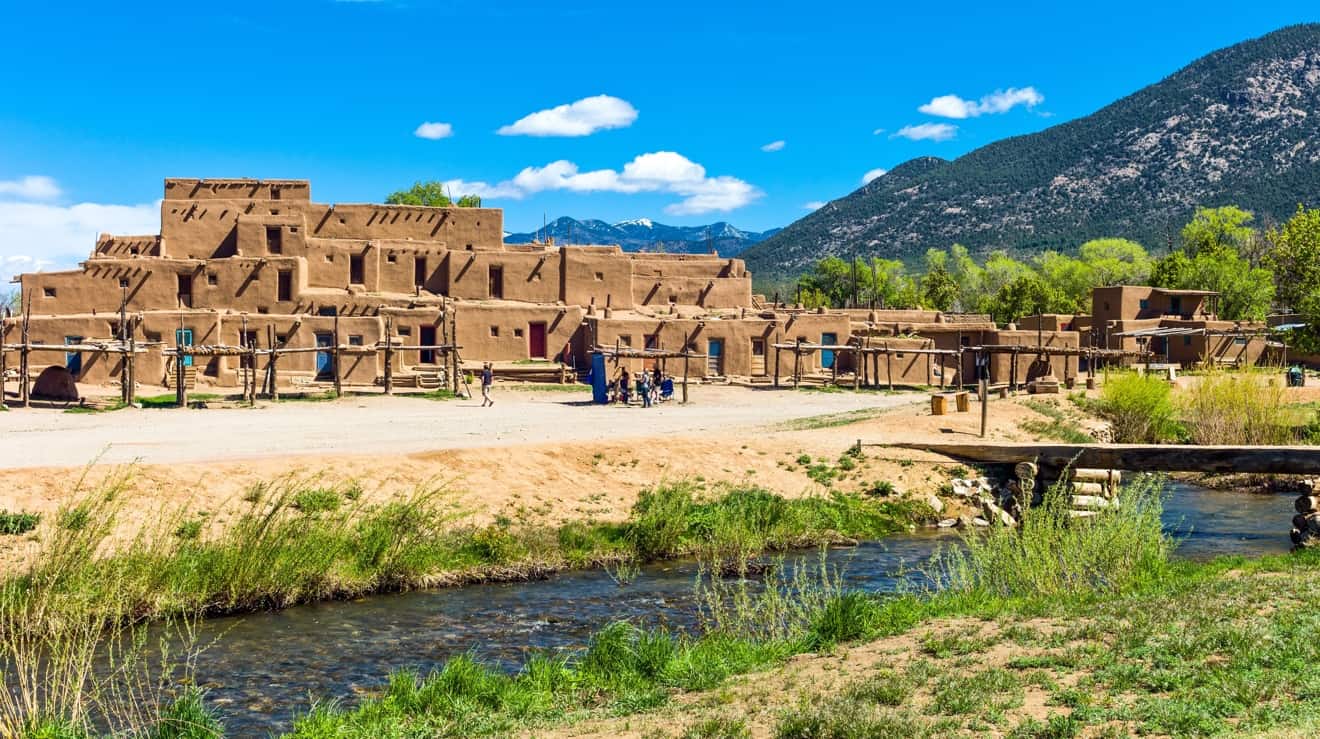
A Guide to the Pueblos of New Mexico

Billy the Kid and Pat Garrett: Follow in the Footsteps of Two Legends of the American Far West
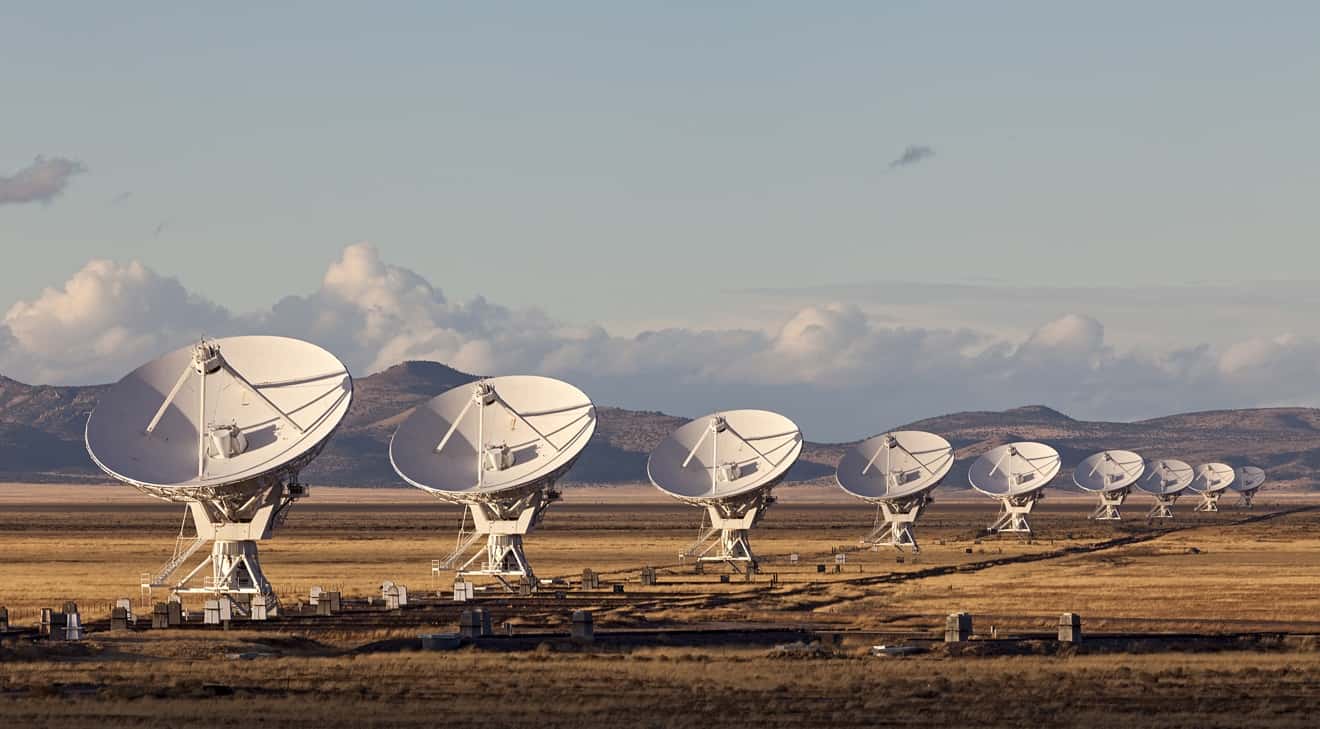
Very Large Array: Visit The Giant Radio Telescopes of New Mexico
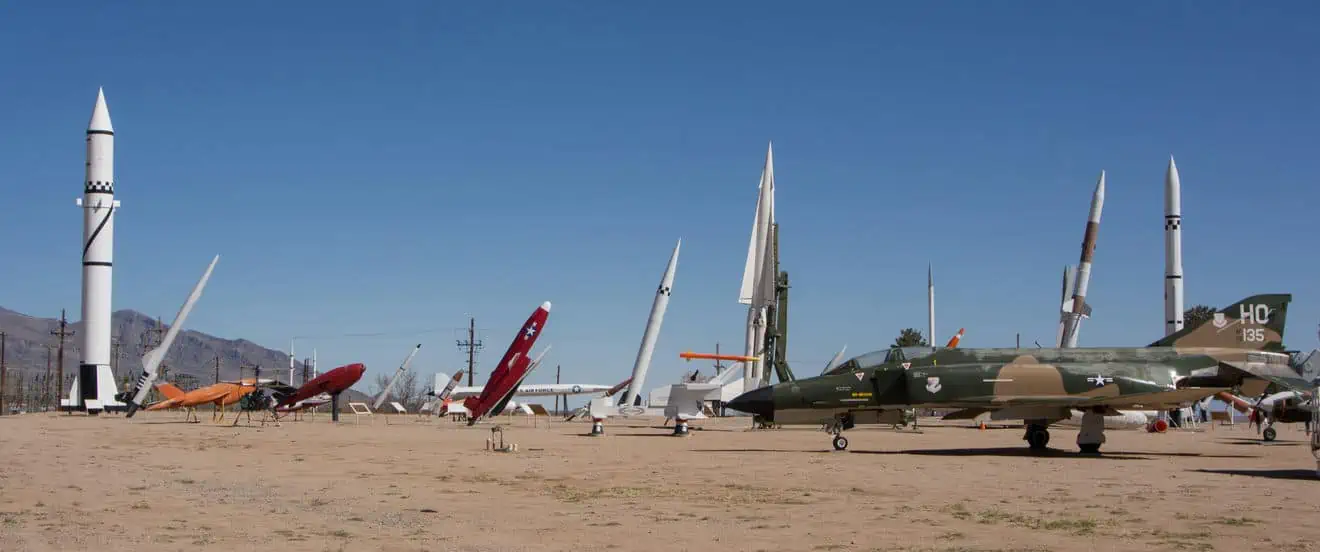
White Sands Missile Range Museum: a Guide to Explore this Historical Treasure
Major cities in New Mexico
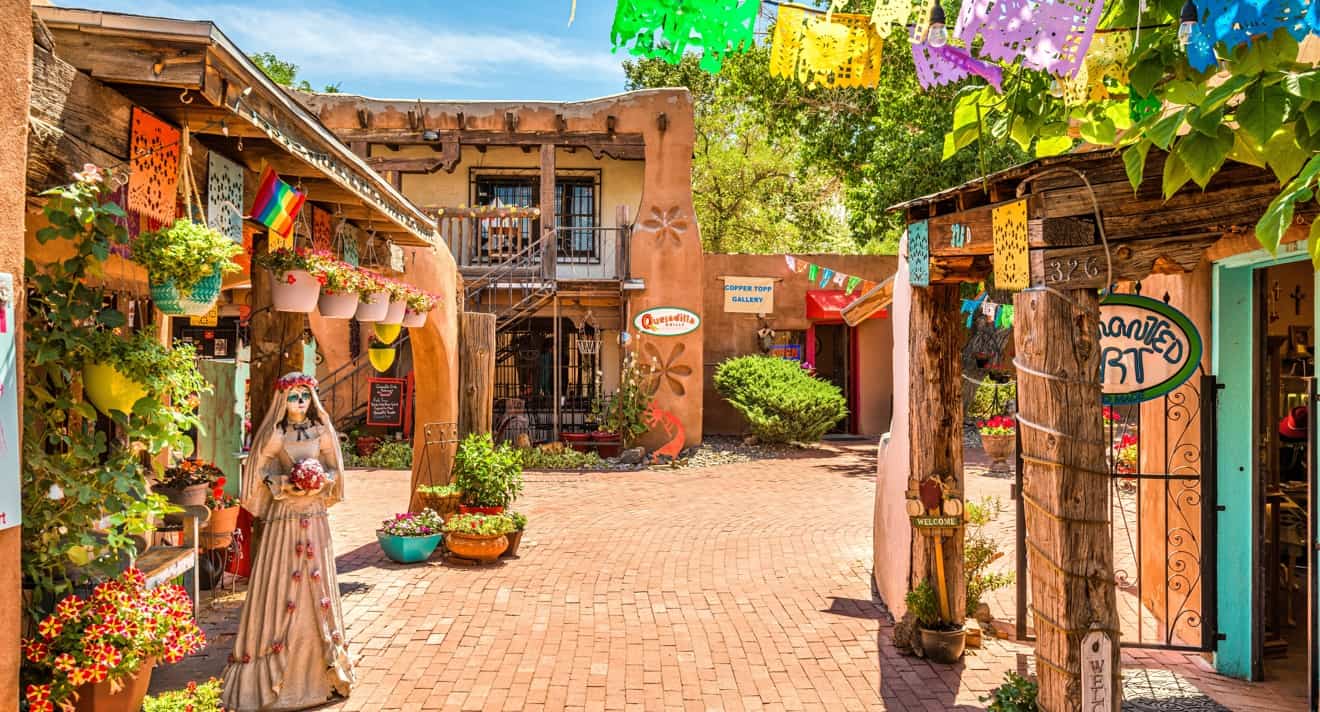
Things to Do in Albuquerque: Discover Old Town and the Balloon Festival
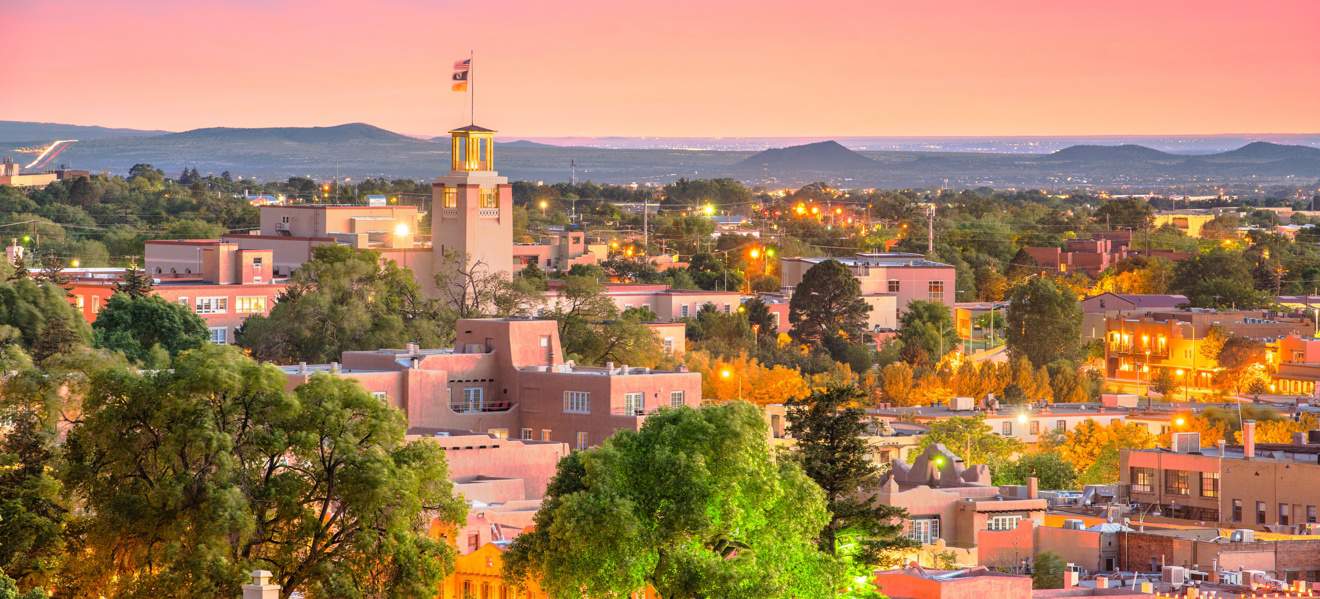
The Best Things to Do in Santa Fe: Old Town, Churches and Other Attractions

Visit Roswell, New Mexico: The City Famous for the 1947 UFO Crash
Parks in New Mexico
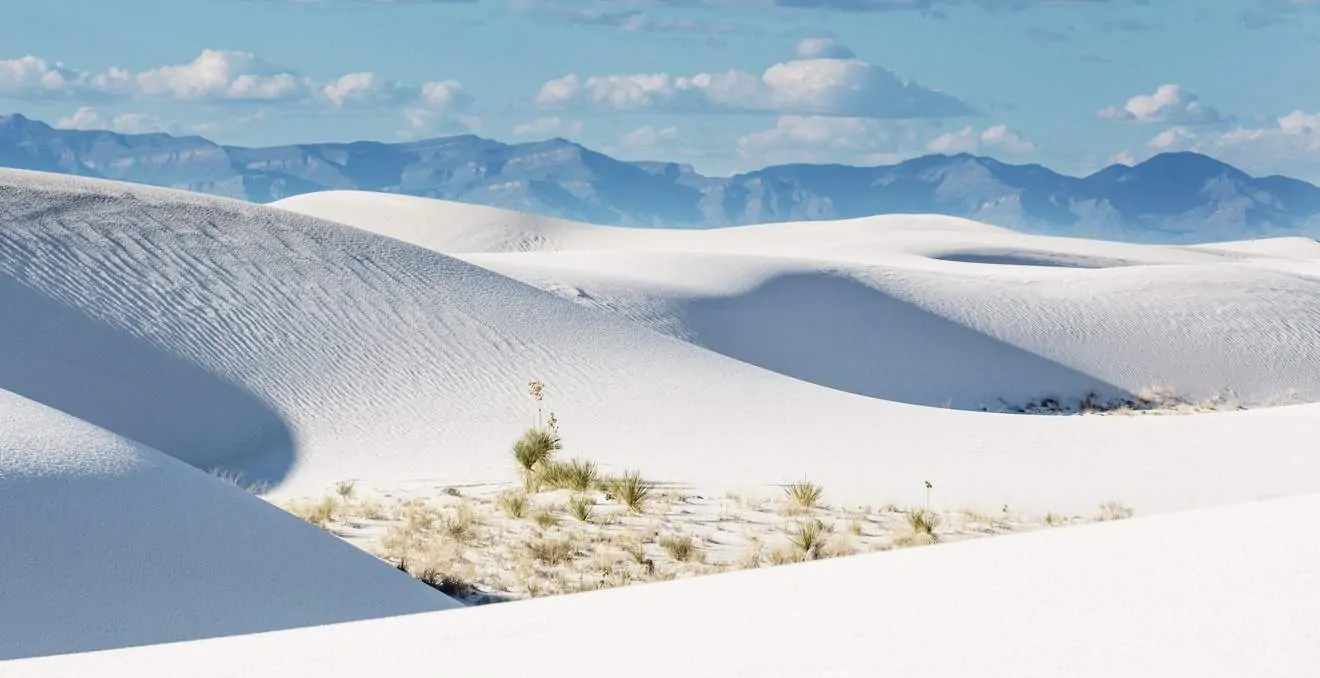
White Sands National Park: hiking the gypsum sand dunes of New Mexico
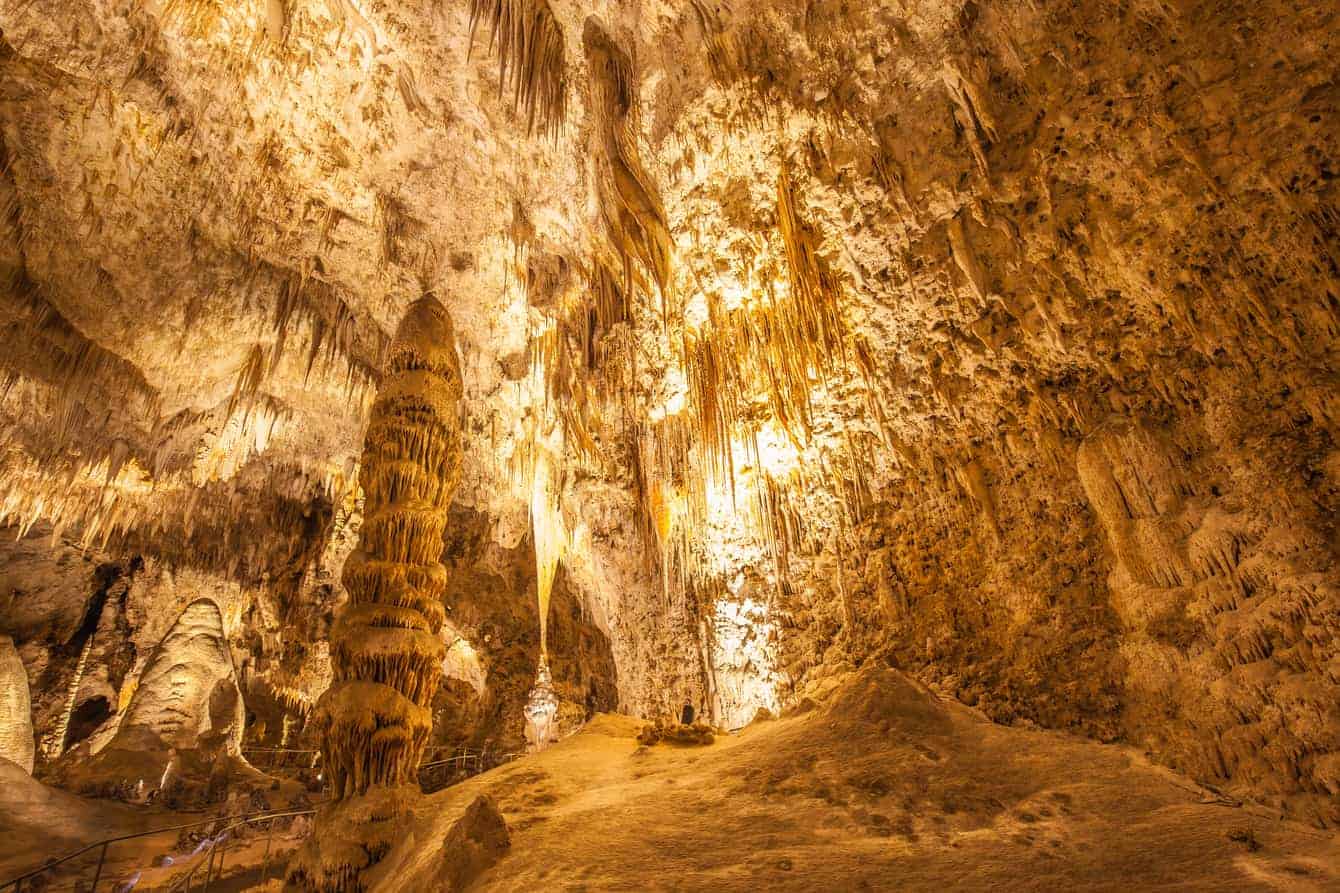
Visiting Carlsbad Caverns, the Famous Caves of New Mexico
More ideas for your road trip in New Mexico
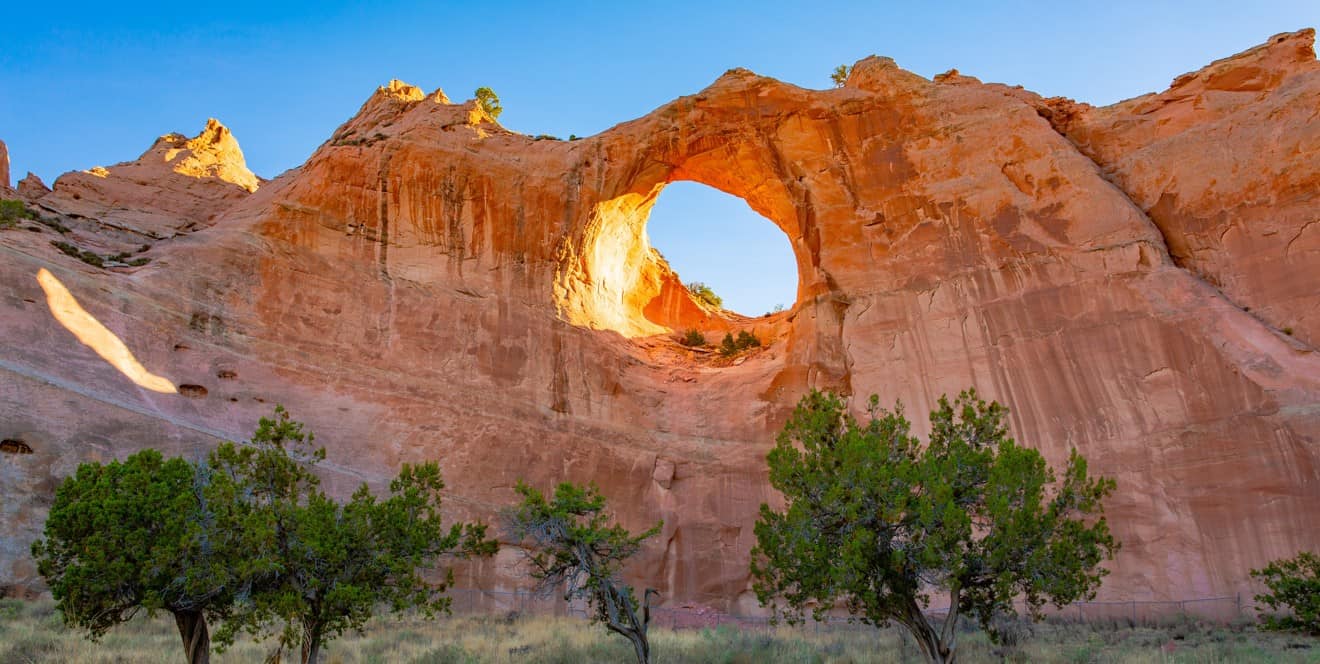
Indian Route 12: A Scenic Route that Connects Arizona and New Mexico
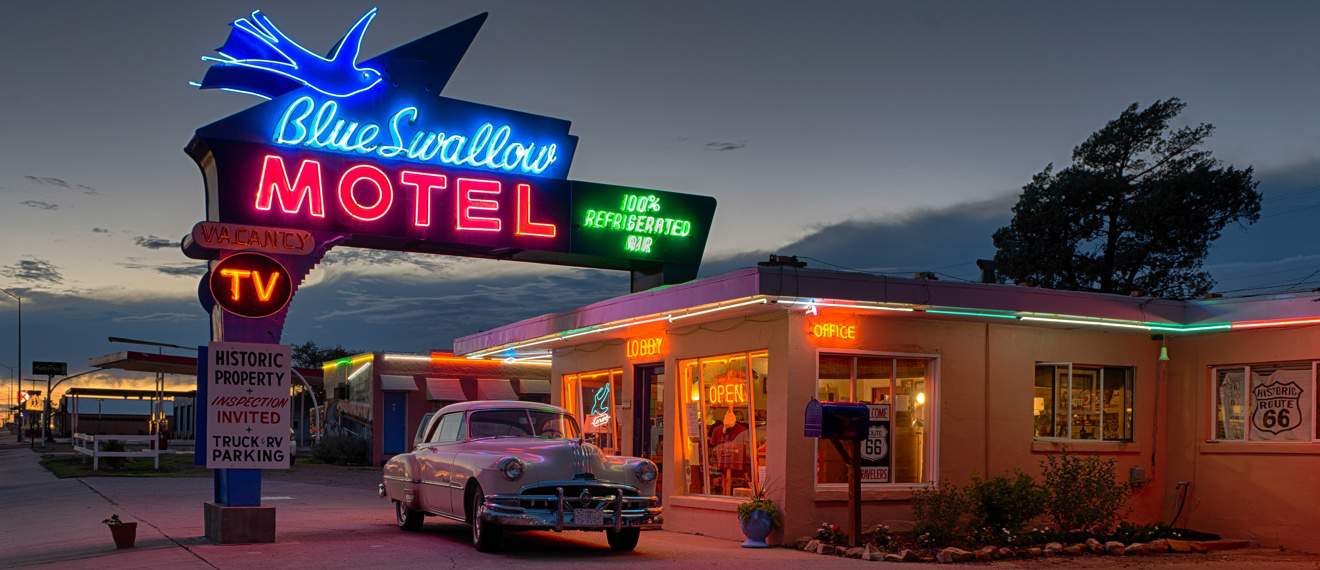
Route 66 New Mexico: All the Attractions along the Route
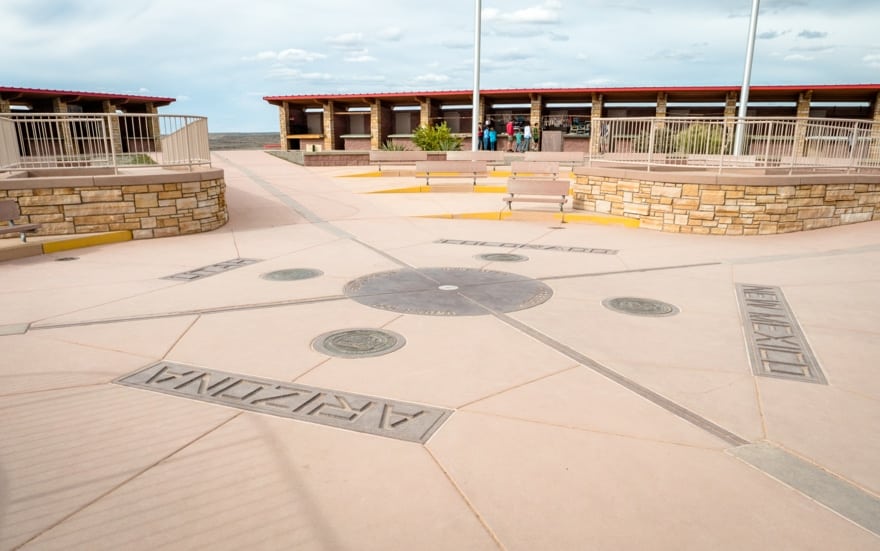
Four Corners: Have You Ever Been to Four States at Once?
New Mexico General Information
Etymology, Motto, Nickname
The name New Mexico originates from the Spanish colonial province of Nuevo México, which retained its name even after Mexico gained independence and eventually became a U.S. state.
The Latin motto, “Crescit eundo“, literally means “It grows as it goes” and was chosen by the Secretary of the New Mexico Territory, William Ritch, in 1882. However, Ritch did not provide the reasons for his choice. It is known that Ritch borrowed these words from the famous work “De rerum natura” by the Latin philosopher Lucretius. The revolutionary aspect of Lucretius’s text was that he began to explain natural phenomena to people, including lightning, of which he wrote, “Crescit eundo”, meaning “It increases as it travels”, a phrase meant to describe how lightning expands in the sky during thunderstorms. The exact reason for Ritch’s choice is unknown, but people from New Mexico like to say that in their homeland, life can be tough, and if something good happens, it’s because you’ve worked hard to make it happen: life, like lightning, grows as you move forward.
“The Land of Enchantment” is the nickname of this state, owing to the richness of cultures that make up its population, from Native American to European, as well as the diverse landscapes that characterize its territory. Like other states, New Mexico has unofficial nicknames, including “The Cactus State” or “The Spanish State”.
Geography
Although commonly perceived as a predominantly arid and desertic place, New Mexico boasts a wide variety of natural environments and vastly different landscapes. Indeed, there are extremely arid areas and typically desertic zones, including the iconic dunes of White Sands National Park. However, you can also find extensive forested areas (covering almost one-third of the state), imposing mountains, and vast plains.
Extension and Regions
With its 121,590 square miles, New Mexico is the fifth-largest state in the USA. From a geographical standpoint, it can be divided into three major regions. To the west, you’ll find the Colorado Plateau, an elevated region characterized by a mix of plains and mountains, wide valleys, and narrow canyons. In the central-northern part of the state, you’ll encounter the Rocky Mountains, specifically the southernmost extension of this massive mountain range. Here, you can also find the highest peak in the state, Wheeler Peak. To the southeast, there are expansive plains that extend towards Texas.
The majority of the population in New Mexico is concentrated along the course of the Rio Grande, which runs roughly north-south through the middle of the state.
Geographic Features
The territory of New Mexico is primarily of three types. The northern part is predominantly mountainous and is where the greatest biodiversity and variety of landscapes are concentrated. The lush Rocky Mountains and the diverse terrain of the Colorado Plateau are separated by the course of the Rio Grande, which, along with its tributaries, creates the most fertile area in the state. The eastern plains change appearance depending on the presence of rivers. The Pecos River, in particular, gives rise to green and fertile areas, while some areas are more arid. The southwest is desertic, with the presence of the Chihuahuan Desert along the border with Mexico and Arizona.
Mountains, Lakes and Rivers
New Mexico boasts numerous prominent peaks. Among the state’s thirty highest mountains, 26 exceed 10,000 feet, and one, Mount Wheeler, reaches 13,161 feet.
The state’s two largest lakes, Elephant Butte Reservoir (57 square miles) and Lake Navajo (24 square miles), are actually artificial reservoirs created by dams. Among the natural lakes, the largest and most significant is William Lake (13 square miles), a charming alpine lake located in the Carson National Forest.
The Rio Grande is the state’s primary river, as well as the fourth-longest river in the United States. It originates in Colorado, traverses the entirety of New Mexico from north to south, and then marks the border between Mexico and Texas. Among its major tributaries is the Pecos River, and overall, the Rio Grande basin encompasses most of New Mexico’s rivers. There are also some rivers that flow eastward, contributing to the Mississippi River basin, and others that flow westward and are part of the Colorado River basin. Among the latter, the San Juan River is very significant, as it is the largest tributary of the Colorado River and is famous for creating Gooseneck State Park (located in Utah, however).
Capital and Major Cities
The capital of New Mexico is Santa Fe, but with its 68 thousand residents, it is not the most populous city in the state, as is the case for much of the USA. The largest city is Albuquerque, with approximately 550 thousand inhabitants, followed by Las Cruces with around 100 thousand, and Rio Rancho (approximately 88 thousand), which is also part of the greater Albuquerque metropolitan area.
Climate
The climate of New Mexico is generally dry and temperate, but different microclimates can be observed depending on the geographical area. In particular, the northwest, which is mountainous, experiences significantly higher precipitation levels compared to the southeast. Snow and rain are therefore not uncommon in the mountains, which feed rivers and streams, while the eastern plains and especially the southern desert area are much drier.
In terms of temperatures, the state’s average ranges from 90°F for the July high to 23°F for the December low, but these temperatures also vary depending on the areas and altitudes. Taking into consideration the most populous area (the Albuquerque metropolitan area and the Rio Grande Valley in general), the data is as follows. In summer, an average low of 59-61°F and an average high of 99-100°F. In winter, an average low of 14-15°F and an average high of 61°F.
Wildlife
The highly varied terrain results in diverse vegetation and, consequently, a varied distribution of fauna that changes from region to region. In mountainous areas, there is an abundance of large mammals such as bears, mountain lions, deer, moose, and bighorn sheep, as well as lynx, coyotes, and various rodents. Bison, on the other hand, can be found in the eastern prairies, while in the desert, the most iconic animal is a bird: the roadrunner.
History
The history of New Mexico has its origins with the Paleo-Indians who were present in these lands between 21,000 and 23,000 BC. They were followed by different Native American cultures, including the Mogollon and Ancestral Pueblo. Many traces of these cultures are still present today, and New Mexico is among the U.S. states that have preserved historical sites related to Native American peoples. Be sure to check out our article dedicated to the Pueblos of New Mexico!
Europeans arrived in the mid-1500s, with the Spanish explorer Francisco de Ibarra, who named these lands the “New Mexico” when he claimed to have found it. The first permanent settlement established by the Spanish was the capital, San Juan de los Caballeros, built in 1598 in the area of San Gabriel de Yungue-Ouinge. Twelve years later, in 1610, the settlement of La Villa Real de la Santa Fe de San Francisco de Asís was founded, now simply known as Santa Fe, the current capital of the state.
In 1821, this part of the Spanish Empire became part of Mexico, which had gained independence. In 1836, the Republic of Texas claimed the eastern part of the Rio Grande, but their claim was unsuccessful. The 19th century was a tumultuous period, with territories contested between Mexico, France, and the United States. It was during this time that legends like the outlaw Billy the Kid emerged in this region. On January 6, 1912, the United States Congress admitted New Mexico to the union, 60 years after it had first become eligible for statehood, but it faced various challenges, including a significant Mexican-American population. Speaking of aliens, are you familiar with the famous story of the alleged UFO incident in Roswell?
The major oil discovery in 1928 brought a significant amount of employment and the prospect of wealth. Even today, much of the state’s economic revenue is based on oil extraction.
Economy
Oil and gas extraction is the most significant economic driver for New Mexico, making it the second-largest producer of oil and the ninth-largest producer of natural gas in the United States. There are also other sources of income, including tourism, which, while fairly developed, does not match the levels seen in some neighboring states.
In fact, New Mexico is not a wealthy state and faces significant challenges related to poverty rates. It ranks among the U.S. states with some of the highest poverty rates, exceeded only by Louisiana and Mississippi.
Sport
New Mexico is not known for its sports in the same way some other states are. In fact, it does not host any professional teams that compete in major leagues. The only exception is in baseball, where the Albuquerque Isotopes are affiliated with the Colorado Rockies of Denver.